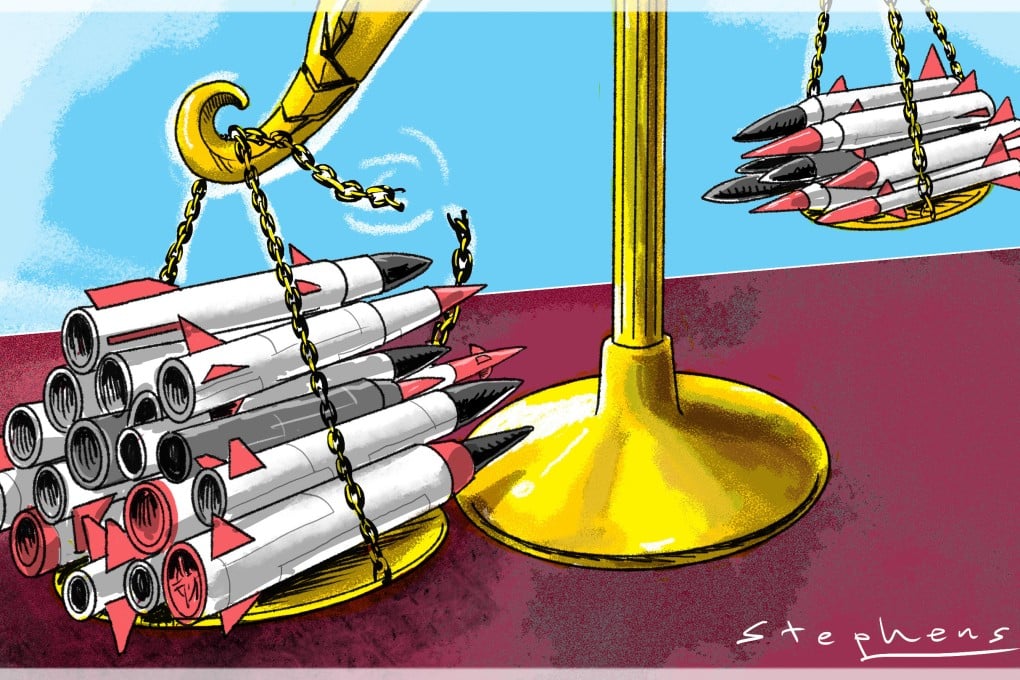Opinion | US-China-Russia strategic stability hangs in the balance
Quiet revolutions in military affairs are taking place just as arms control is declining – and precisely when cooperation should increase

In theory, China’s launchers of strategic nuclear missiles – jet or rocket-propelled weapons meant to strike targets far away and which are nuclear-armed – can be preventively taken out by the United States and its allies using conventional, non-nuclear firepower.
Even as the gap between US and Chinese strategic capabilities appears to be narrowing, the US is extending its superiority in one important category: strategic counterforce with conventional missiles.
Counterforce is a doctrine often associated with nuclear weapons, entailing pre-emptive strikes to disarm an adversary’s nuclear arsenal before weapons can be launched. In our study, “Masters of the Air: Strategic stability and conventional strikes”, we explore the feasibility of a US-led conventional counterforce against China and Russia.
We find that there are some 70 Chinese and 150 Russian launchers deep in central Asia that are harder to reach. Arrayed against these, however, are about 4,400 US Tomahawk missiles and 3,500 joint air-to-surface stand-off missiles (JASSMs). The numbers favour the US and its allies.
The extremely dangerous dynamic in the interaction of nuclear and non-nuclear strike forces is compounded by what appears to be an extraordinarily low level of awareness of the problem among governments and defence experts.


